The Han Dynasty (206 BCE - 220 CE) is widely recognized as a golden age in Chinese history, marked by significant advances in science, technology, and arts. Among the many cultural treasures of this era, one item that stands out is the plain gauze robe. Despite its simple appearance, this garment played a crucial role in shaping the fashion and social etiquette of the Han Dynasty. In this article, we'll take a closer look at three points to understand anew this exquisite plain gauze dress.
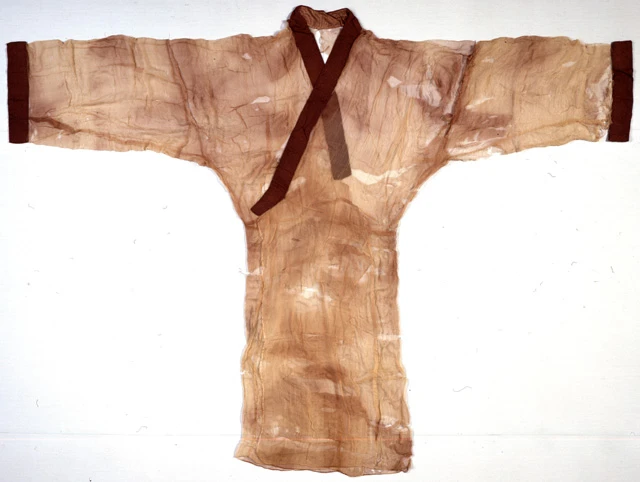
Plain gauze robe from the tomb of the Marquis of Dai at Mawangdui
Over two thousand years ago, in the Western Han dynasty, the Chancellor of Changsha, Li Cang, and his wife stood on equal footing with one another. Mrs. Xinzhui, his wife, possessed remarkable beauty and wore light makeup that truly complemented her looks. The undyed raw silk was weaved into plain gauze without any lining, which paired perfectly with Xin Zhui's appearance. As moved, the sleeve would release a faint yet enchanting fragrance.
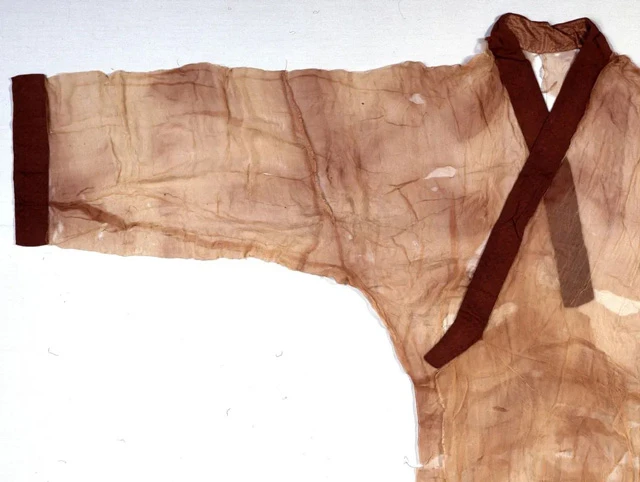
The Fashionable Style of Han Dynasty's Women
"Thin as cicada wings, light as smoke," the plain gauze robe unearthed from Mawangdui Han tomb number one in Changsha, Hunan province, weighs only 49 grams. If we disregard the edges of the cuffs and collar, the weight reduces to 40.2 grams, around one-quarter of an apple's weight. Two plain gauze dresses unearthed from Mawangdui Tomb respectively, one Zhi Ju and one Qu Ju, with the former being better preserved.
Lightweight and ethereal, some speculate that this was Mrs. Xinzhui's undergarment. However, most scholars believe the dress served as an outer layer to cover the embroidered clothes, adding a sense of mystery and depth to the overall outfit, thus creating a unique Han-style fashion.
Not only is it lightweight, but the plain gauze robe is also ultra-transparent, with a transmittance rate of 75%. When the robe is stacked in ten layers on the newspaper, you can still read the printed words and images on the newspaper. This is mainly due to the material used.
The Han dynasty's cultivated silkworms, compared to contemporary ones, were thinner and weaker, thus producing an even finer silk strand. When measured in denier units, the filaments range between 10.2-11.3 (the smaller the number, the finer the silk), unlike the highest-quality silk textiles today ranging around 14 deniers.
This is mainly due to contemporary silkworms being larger, healthier, and able to produce thicker silk strands and higher yields. Indeed, recreating a plain gauze robe requires starting by raising silkworms, an endeavor that China's cultural preservation department has taken upon themselves to achieve.
The silkworm undergoes dormancy and molting during its growth process. With each additional period of dormancy, the silkworm grows larger and its silk becomes thicker.
In the 1980s, taking into consideration aspects such as cultural inheritance and preservation of cultural relics, the National Bureau of Cultural Relics in China commissioned the Nanjing Yunjin Research Institute to replicate a plain gauze robe. However, all resulting replicas exceeded 50 grams in weight.
Later, the team specifically nurtured a group of thin and weak silkworms. It wasn't until 2019 that they successfully replicated a plain gauze robe weighing approximately 49 grams.
The crystallization of Han Dynasty agriculture, industry, and art
The plain gauze robe made from silkworms indicates that people at the time were able to raise high-quality silkworms, and the fine and uniform silk suggests a mature spinning technique. The even gaps in the plain white fabric also demonstrate that the level of development of weaving technology at the time was high.
From cultivating silkworms, growing mulberry trees, extracting silk, building looms, and finally creating clothing, each step involved a combination of wisdom, experience, and creativity, where agriculture, industry, and art collided.
The plain gauze robe not only created elegant clothing, but also embodied the unique character of the Chinese nation. It was through the Silk Road that the world came to know the deep and profound culture of China.
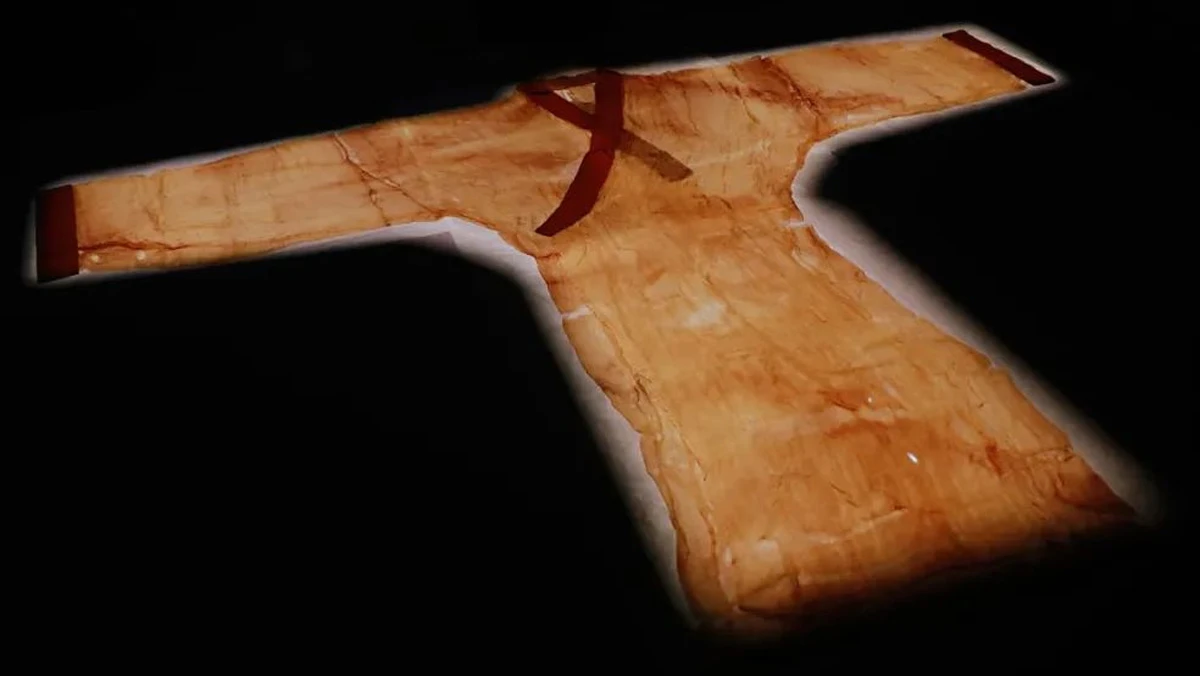

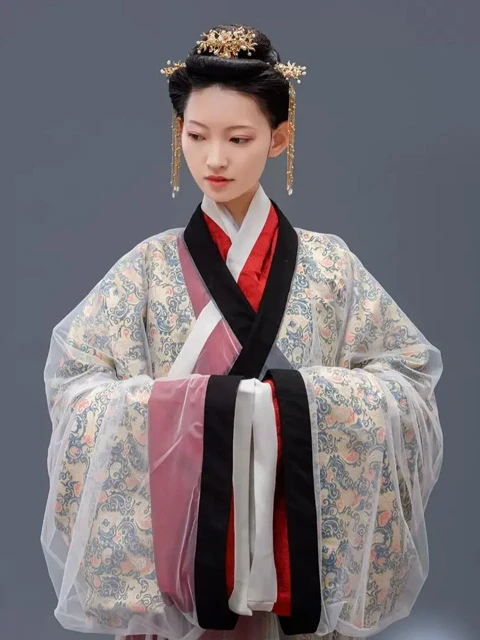
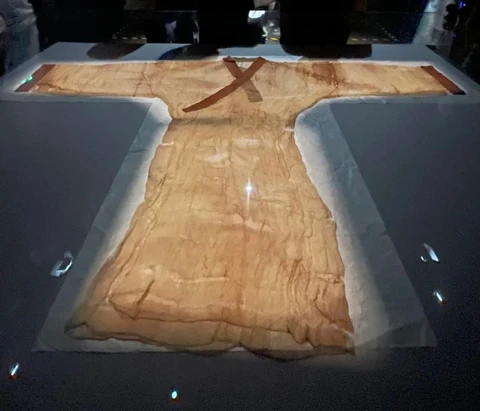
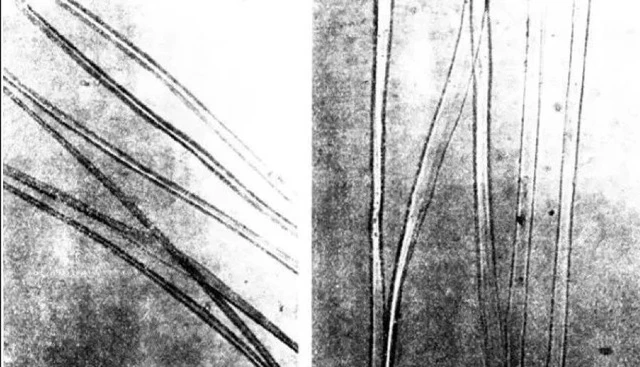
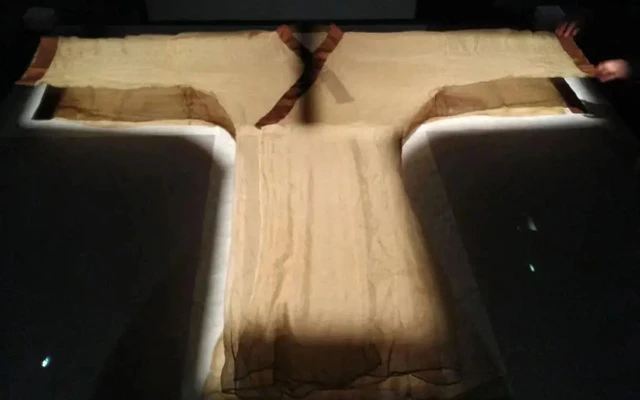
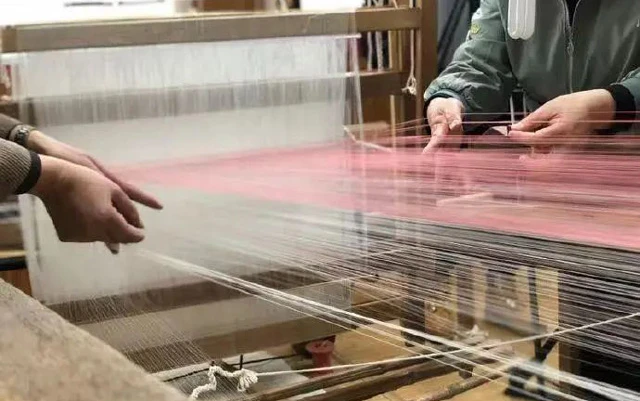
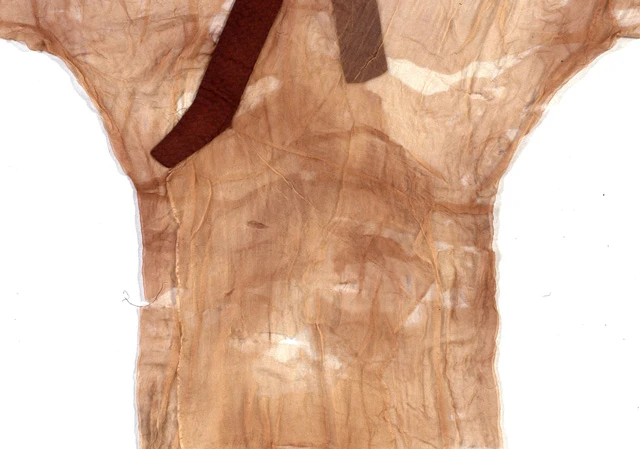


Wow its amazing 😍
Thank you for articel
Interesting the detail about the bigger modern silkworms. You'd think it would be a relatively simple matter to selectively breed for smaller, but still healthy, worms if there's a demand for finer silk.
That right